The sandy soil of the countries of South America, resistant to drought and hot sun, is the birthplace of the yucca plant, better known to Russian gardeners as garden yucca. This is a tall, pompous shrub with a lush frill of pointed lanceolate leaves of dark green or gray color, in the center of which there is a rosette with large peduncles in the form of bells of white, yellow or pink shades, the number of which can reach 200 units.
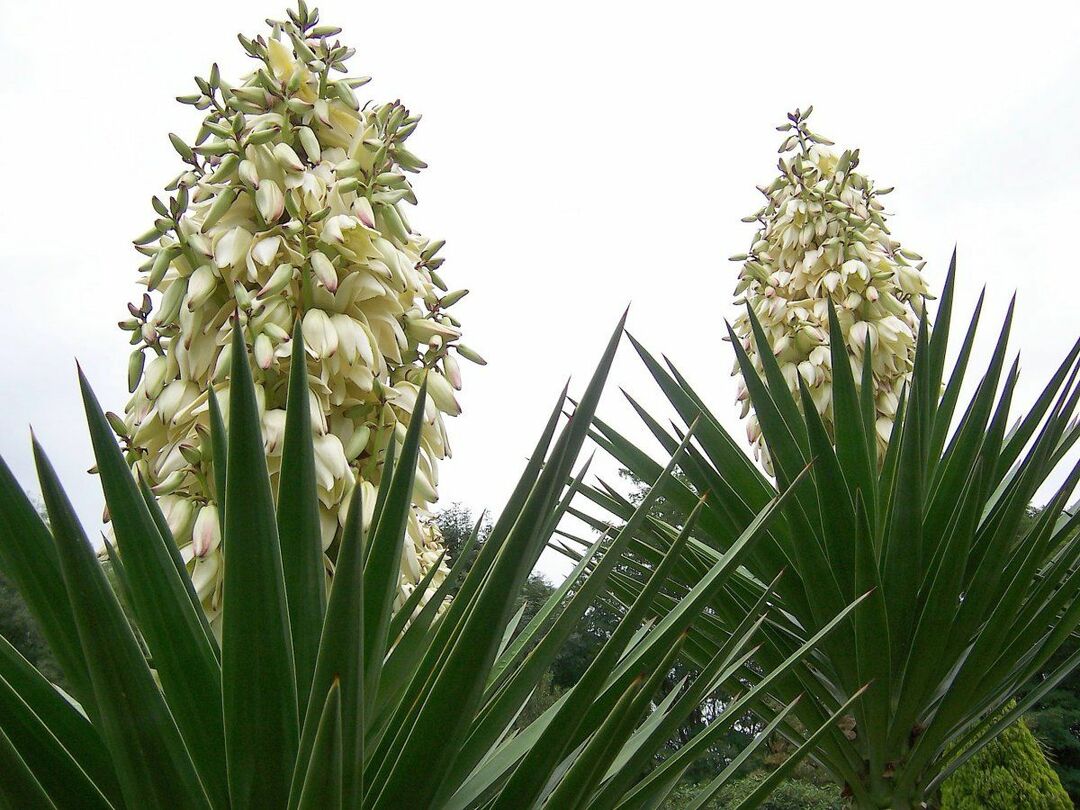
Unusual plants in the summer cottage are becoming more and more in demand.
Garden yucca belongs to the agave family. It was brought to our country more than 100 years ago and is successfully grown both in the form of a large decorative flower inside residential premises, and in the open ground of garden and summer cottages.

It is distinguished by an interesting form of flowering, which allows it to be a desirable design option for designers of summer cottages, amateur gardeners.
Yucca in landscape design - the reasons for its popularity
Content
- Yucca in landscape design - the reasons for its popularity
- Popular varieties - photo and description
- Features of breeding and caring for yucca
- Yucca pruning tips
- VIDEO: Garden Yucca - growing, care, transplanting.
- 50 ways to use garden yucca in garden design:
Gardeners and decorators love this plant for several reasons.

Yucca has been growing in our country for a little more than a century, and has long gone beyond palaces and mansions.
- Firstly, the yucca is a garden flower that attracts the eye with its exotic look and truly gigantic size. The width of the leaf of the lower rosette, depending on the type, can vary from 1 to 8 cm, and in length reach from 25 to 100 cm. At the same time, the spread arrow-shaped leaves can reach a diameter of five meters, and a powerful fruiting rosette in the center can reach a height of 2.5 meters. Possessing such merits, yucca serves, as a rule, the central link of fantastic compositions, created by decorators on flower beds and rockeries, both surrounded by lawn grass and in a group of flowering plants.
- The second point of popularity is provided by low unpretentiousness in planting and care. Yucca grows in soil with poor and depleted soil, without watering, where other garden crops often die. The main condition for the soil is the absence of clay in the soil and its high drainage so that moisture does not stagnated, and the root system of the bush did not "jam", which leads to yellowing and death of leaves and the absence flowering. Also, do not forget about a sufficient amount of sun and the absence of direct drafts.
Popular varieties - photo and description
The world classification includes more than 30 plant species. As a pot culture that grows at room temperature, tree varieties are most often used - aloe and elephant. In an ordinary city apartment, it is hardly convenient to keep a plant due to the fact that with age it reaches impressive sizes and requires light and space. Greenhouses, "winter gardens", offices, meeting rooms, shopping centers, halls of airports, train stations and hotels are better suited for cultivating it.
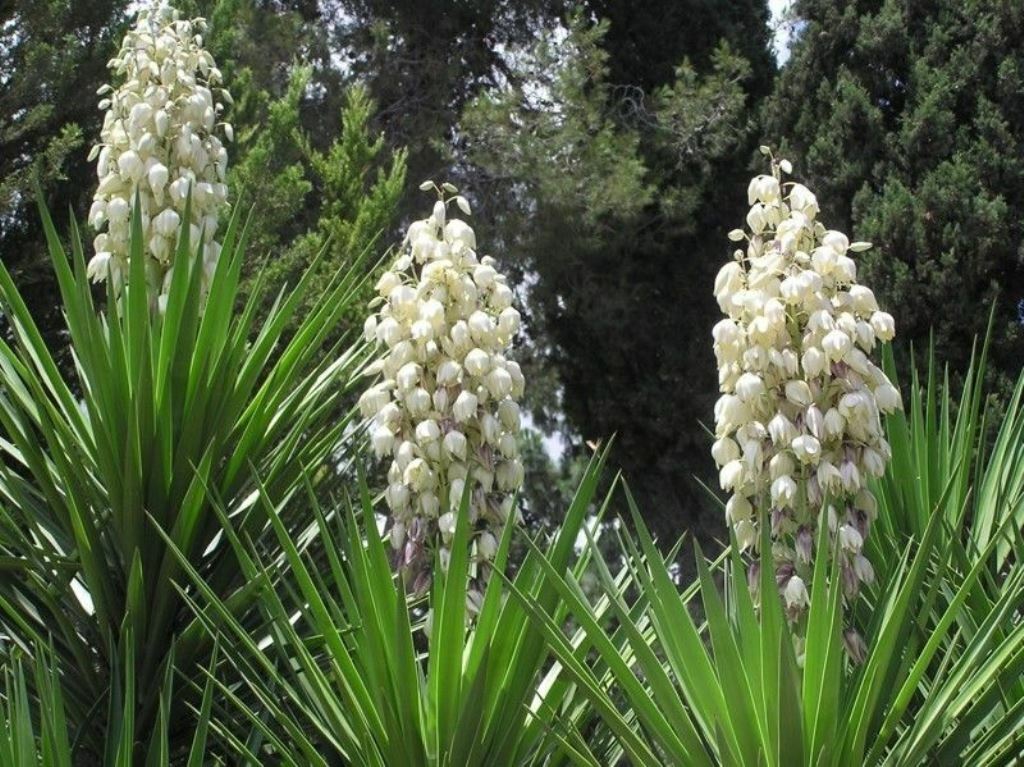
In modern realities, yucca can be used to decorate any summer cottage; it is planted in parks and squares of the city.
The leaves of the thermophilic garden yucca, forming a lush root-like rosette cap, successfully endured the cold season in the warm Caucasus and Crimea, even without a special shelter. And in the cold winter of the Central part of Russia, the Urals and Siberia, wintering of this shrub some 50 years ago was almost impossible. But breeders were able to achieve amazing results and today some types of garden yucca with proper care and shelter during winter frosts, delight gardeners in the summer months with their lush flowering. The most widespread in our country are the following varieties.
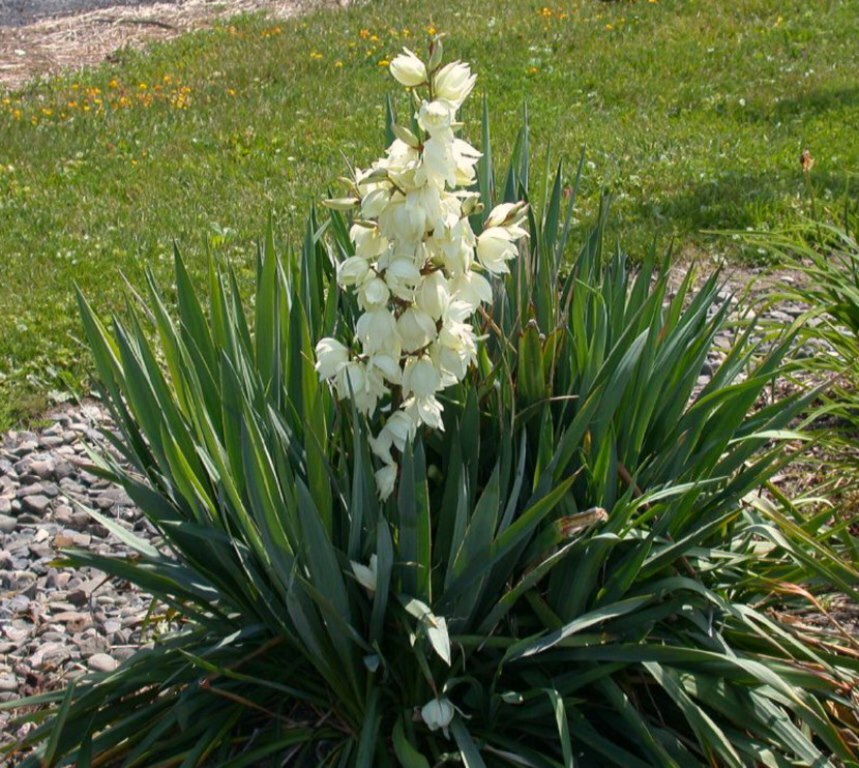
Originally, this is an original plant from the subtropics and tropics of America, but in fact it turned out to be not too whimsical, and perfectly took root in the harsh weather of our region.
The plant yucca filamentosa or filamentous yucca is a perennial, stemless, evergreen shrub with a low head of lanceolate dense, leafy plates of gray-green color 4 cm wide and 30-90 cm long with a sharp top and threads falling along the edges, from which, in fact, the plant got its title. During the flowering period, the yucca dissolves white drooping flowers of a greenish or yellowish hue up to 8 cm long, forming a panicle more than 1 m in height, the fruits resemble an oval box in shape, reaching 5 cm in length with small (6 mm) black seeds inside. This is the most frequently grown plant species in our latitudes, it is not particularly whimsical when planting and caring.
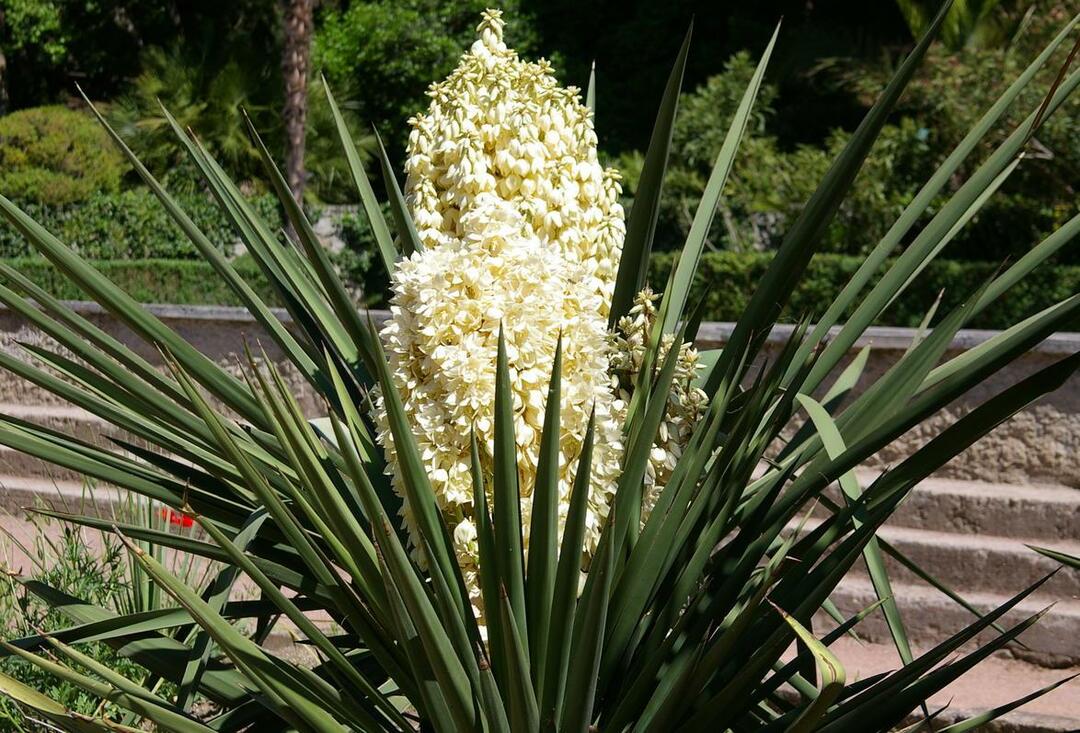
In her usual environment, yucca has learned to endure temperature extremes and drought.
The filamentous yucca presented below in landscape design in the photo, as well as possible, characterizes the high popularity of the plant. As a subspecies of filamentous yucca, variegated variegata is more often used, the leaf plates of which are distinguished by longitudinal yellow or white stripes. Like all variegated leaves, the two types of filamentous yucca Color Guard and filamentous yucca Bright Edge, grow slower than their counterparts with a solid color of leaves, and are more modest in size. Their peduncles do not exceed a height of 90 cm, and the flowers are white with a pink and even crimson shade, they are distinguished by a rather large size of 6 cm;
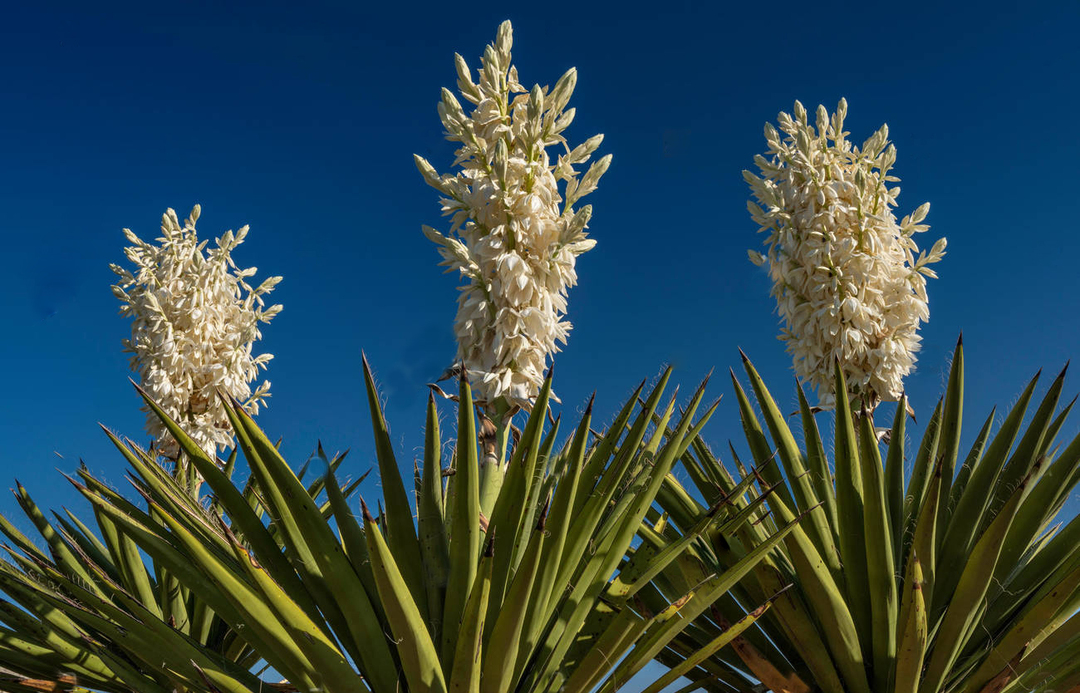
This flower belongs to exotic species, it is a perennial shrub of a tree type.
The plant yucca gloriosa or yucca glorious (another name for the Spanish dagger) is the most thermophilic of all species common in our country, in the natural environment growth reaches truly gigantic sizes up to 6 m in height, in cultural cultivation the height of the peduncle does not exceed 2 m. rosette, have a length of 35 to 100 cm, a width of 3 to 6 cm, dark green with a bluish tint, narrowed and have small prickly teeth at the ends, resembling a canvas saws.
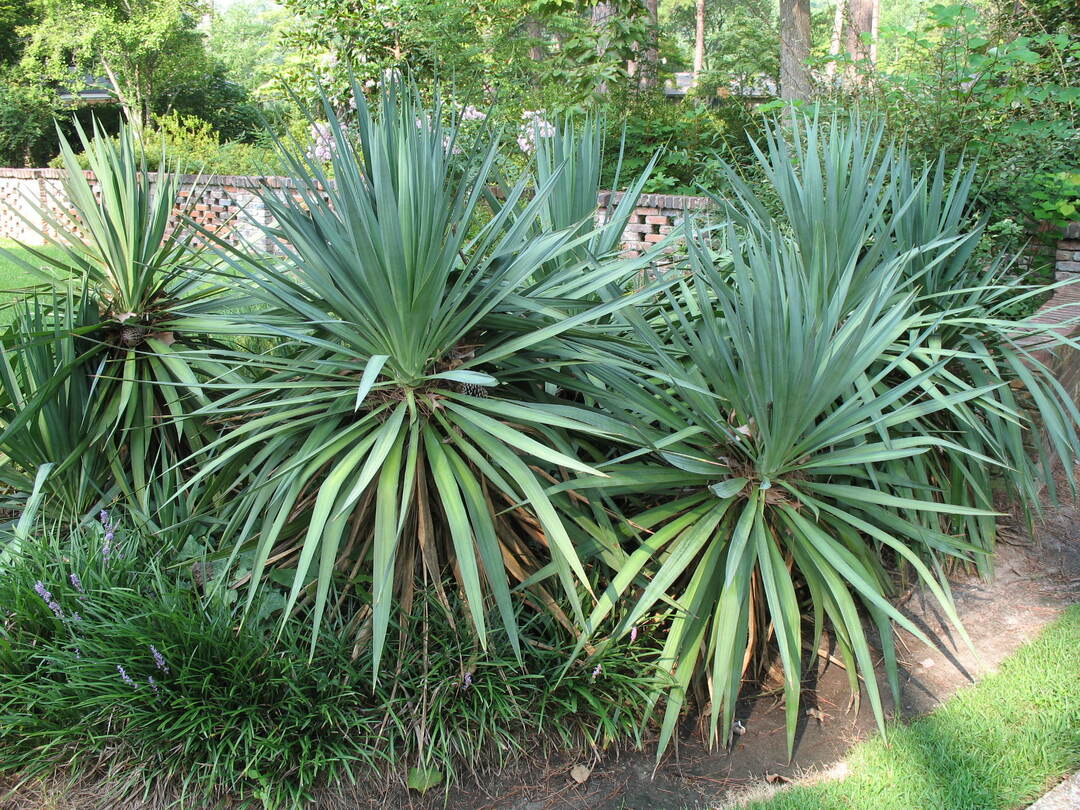
The foliage of the bush is tough, sword-shaped, formed into a dense rosette, spiraling in it.
During the flowering period, the yucca dissolves white, loose flowers of a greenish or yellowish hue, forming a panicle with age up to 1.5 m high, the fruits resemble a bell in shape, reaching 8 cm in length with small (5-8 mm) black seeds inside. Below is a photo of a nice garden yucca.
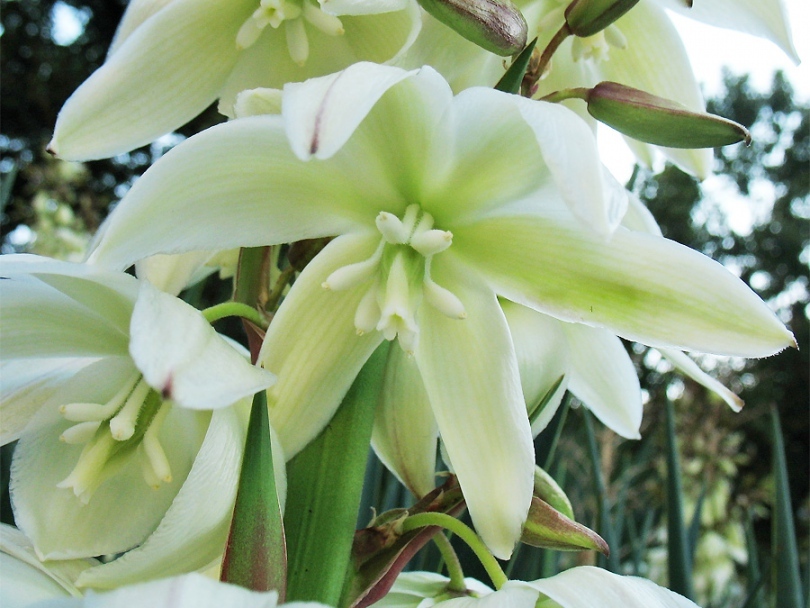
Flowers of a drooping type, milky, white, yellow, and even pink, resemble bells outwardly.
Flower yucca glauca or yucca gray - this evergreen shrub is low compared to other species, its root rosette and trunk rarely exceed 40 cm in height. Leaf plates of a bluish-green hue, 40 to 70 cm long, thin, dropping up to 1.2 cm wide with whitish edges, ending in curling filaments. The height of a panicle with rather large, up to 7 cm, flowering buds of a white, greenish or yellow hue, with proper care conditions, can reach 3 m, but more often does not exceed 2 m.

Foliage can have different shades - from green to bluish color, the size reaches one meter.
The inflorescences of this species are distinguished by strong branching, the fruits in the form of a box are from 5 to 9 cm in length with oval (9-12 mm) black seeds inside. Below is a photo of a yucca flower in the garden with proper care.
Features of breeding and caring for yucca
In outdoor conditions in the open field, the shrub is not difficult to grow, so it is not difficult to take care of it.
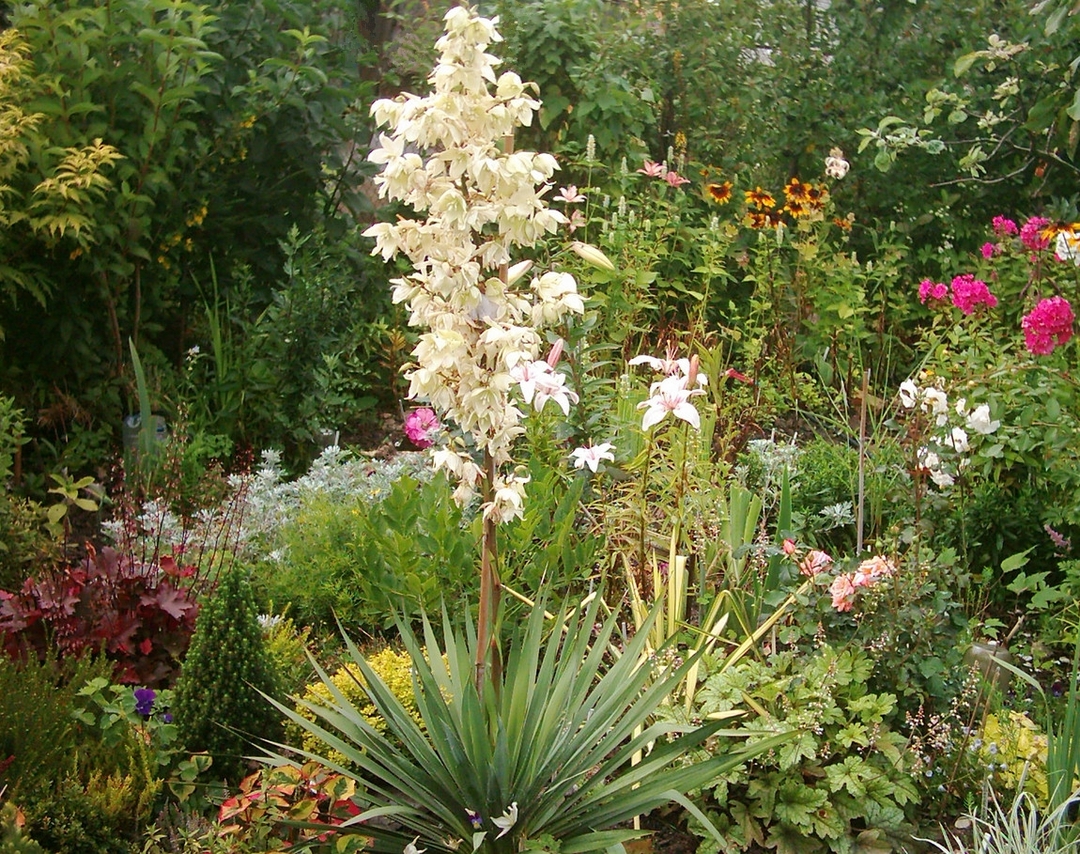
Open ground can grow two main types of yucca: gray, it is also called the "Lord's Candle", and filamentous.
Planting and leaving a yucca garden flower is, first of all, choosing the right place, sunny, well-ventilated, but without drafts, on a small slope, and without stagnant water in the ground. Both the planting of a young shrub and the transplantation of an overgrown one are carried out in the spring at a stable night temperature above 10 ° C, or in the period from August to September. To do this, a hole is dug with a diameter twice the size of the rhizome, gravel drainage is laid on the bottom, and the soil is mixed with sand, and after planting it is tamped tightly and watered abundantly.

Gray yucca is unpretentious in relation to the soil, it can take root in sandstone, it firmly endures small frosts, dry weather.
Top dressing of yucca in the first two years after planting is carried out in May and at the end of flowering with a complex mineral fertilizer, and starting from the 3rd year of life, the plant responds with gratitude to feeding with organic connections. The main condition in feeding and watering is not to "overdo it" and not lead to decay of the leaves.
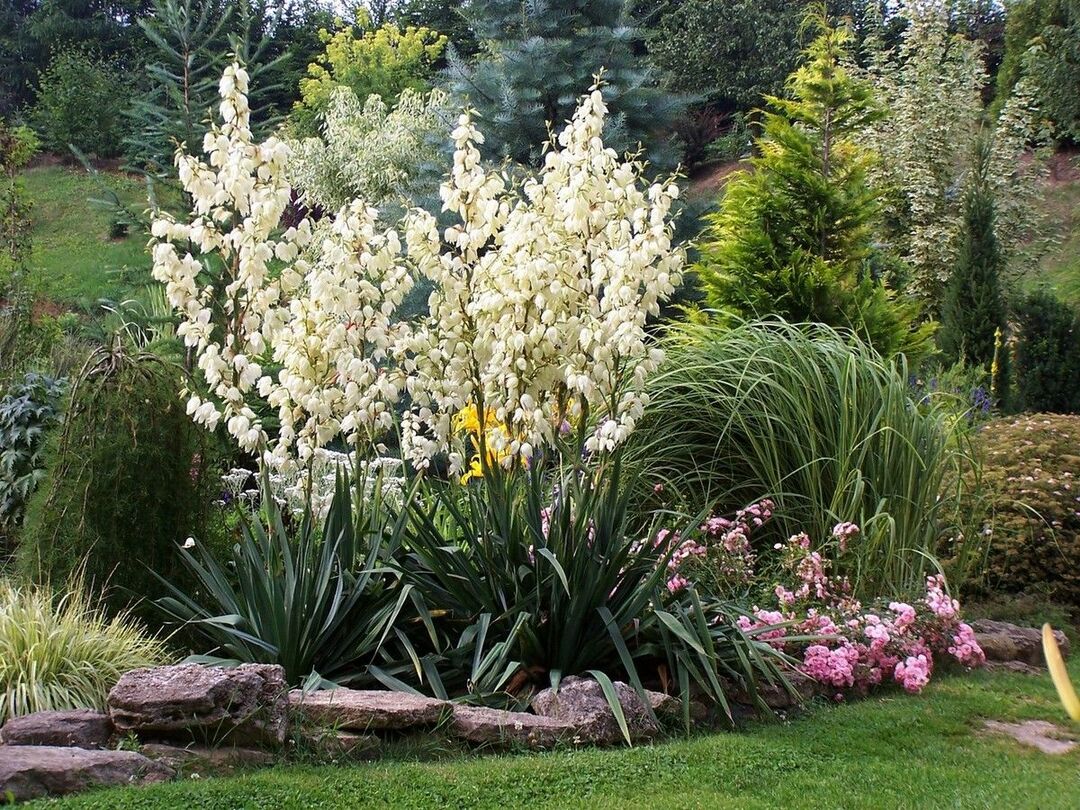
You can plant yucca everywhere, except for the harsh north: in the Moscow region, in the southern and middle climates.
Important! Watering must be carried out at the root, without flooding the central part of the outlet, because remaining water is the main cause of plant decay. Yucca garden planting and care photos are presented below.
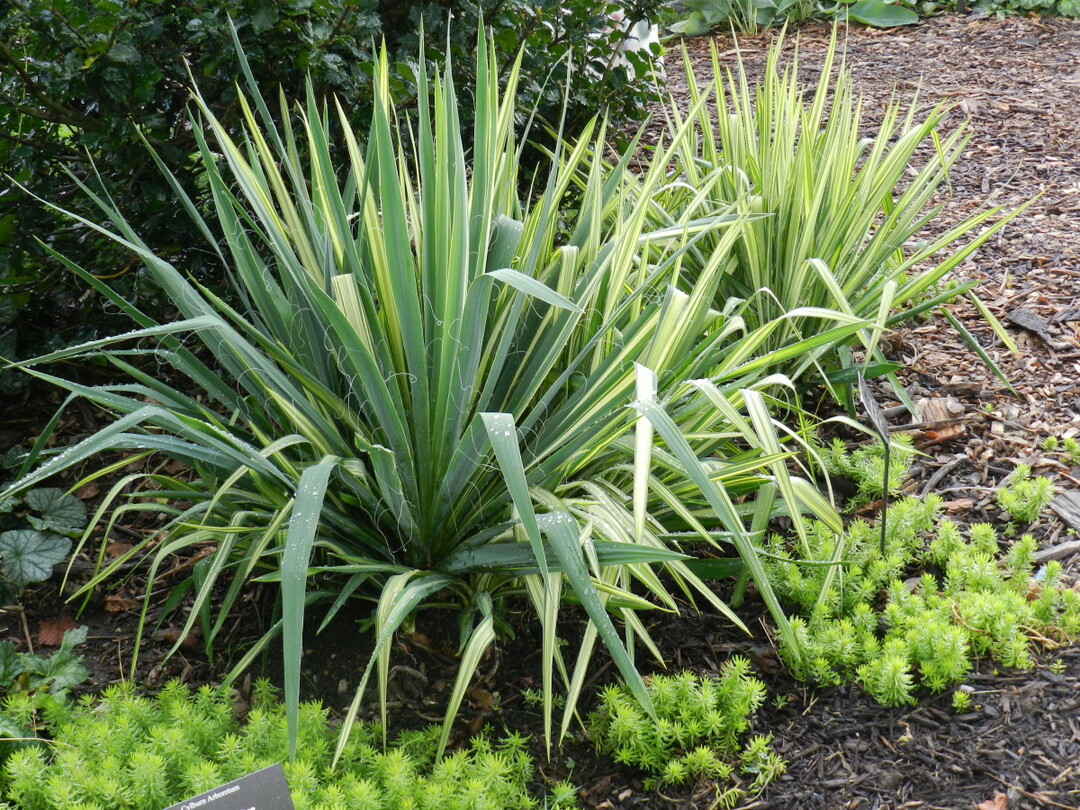
Gardeners do not recommend transferring the plant to the soil under the open sky immediately after purchase.
Yucca pruning tips
In order to rejuvenate the yucca or remove frozen or rotten flowers from it, the stem is cut to awaken dormant buds and the appearance of new rosettes with leaves. Note! The trimmed yucca will begin to bloom one year after the procedure.
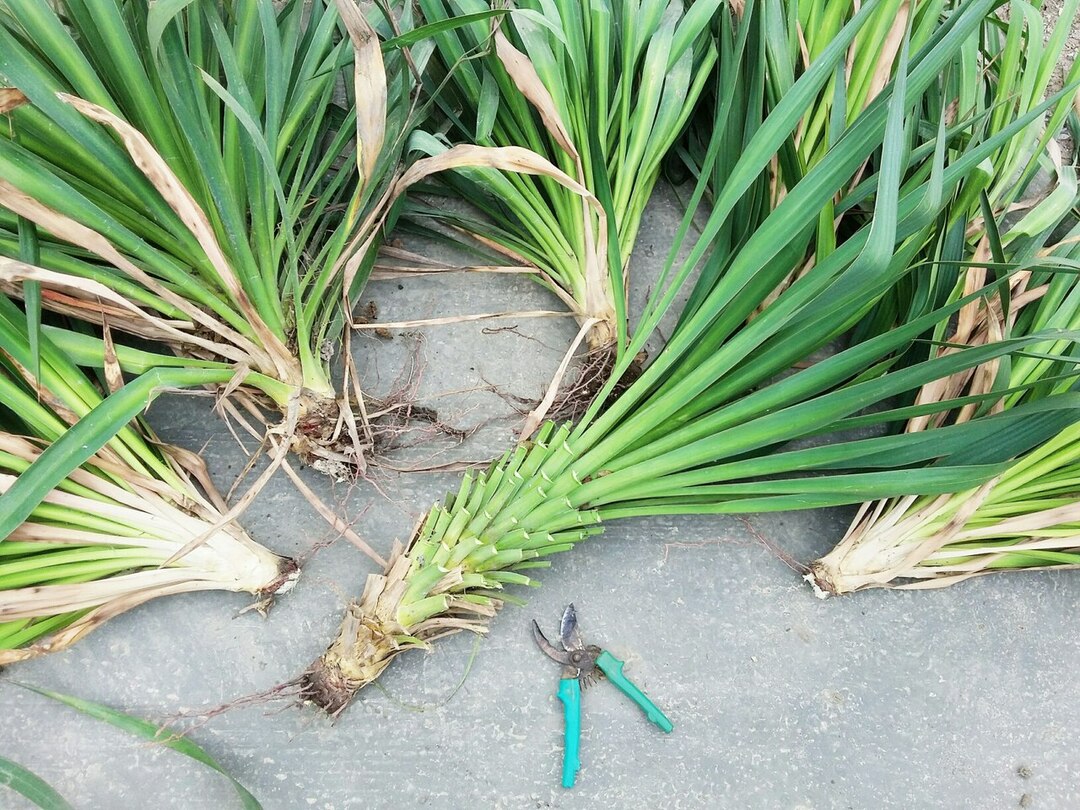
You need to cut the plant and form a bush in the spring, as soon as the snow melts and the shelters are removed.
- Two days before cutting, water the shrub and cut the trunk 7-9 cm below the level of leaf growth with a clean sharp knife without peeling the bark.
- After 15 minutes, pour a mush of fungicide and finely ground charcoal onto the dried cut areas, cover with garden varnish and shade.
- After two weeks, from the young shoots that have appeared, leave 3-5 pieces of the strongest shoots and continue to care and water as usual.
The unusual, regal and stately appearance of exotic yucca, coupled with unpretentious care, made garden varieties of shrubs the queen of landscapes of garden and summer cottages. Try and grow this beauty at home, and delight yourself with aesthetics and a wonderful aroma.
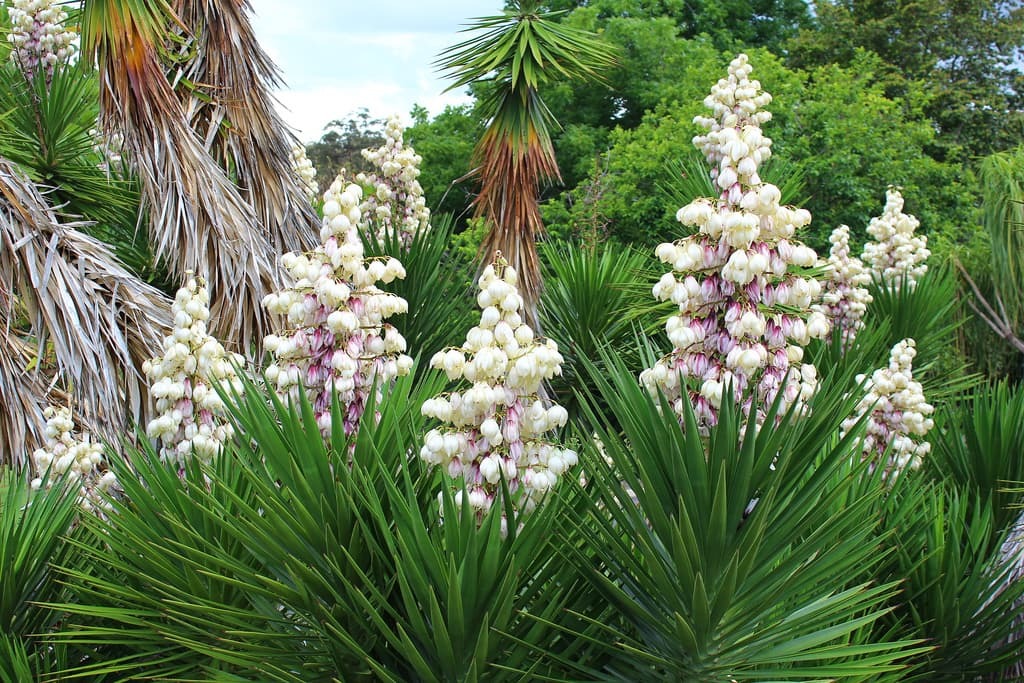
Growing a tropical flower outdoors is not too much of a hassle, but you need to take care of it regularly for the plant to bloom and be healthy.
VIDEO: Garden Yucca - growing, care, transplanting.
50 ways to use garden yucca in garden design:




